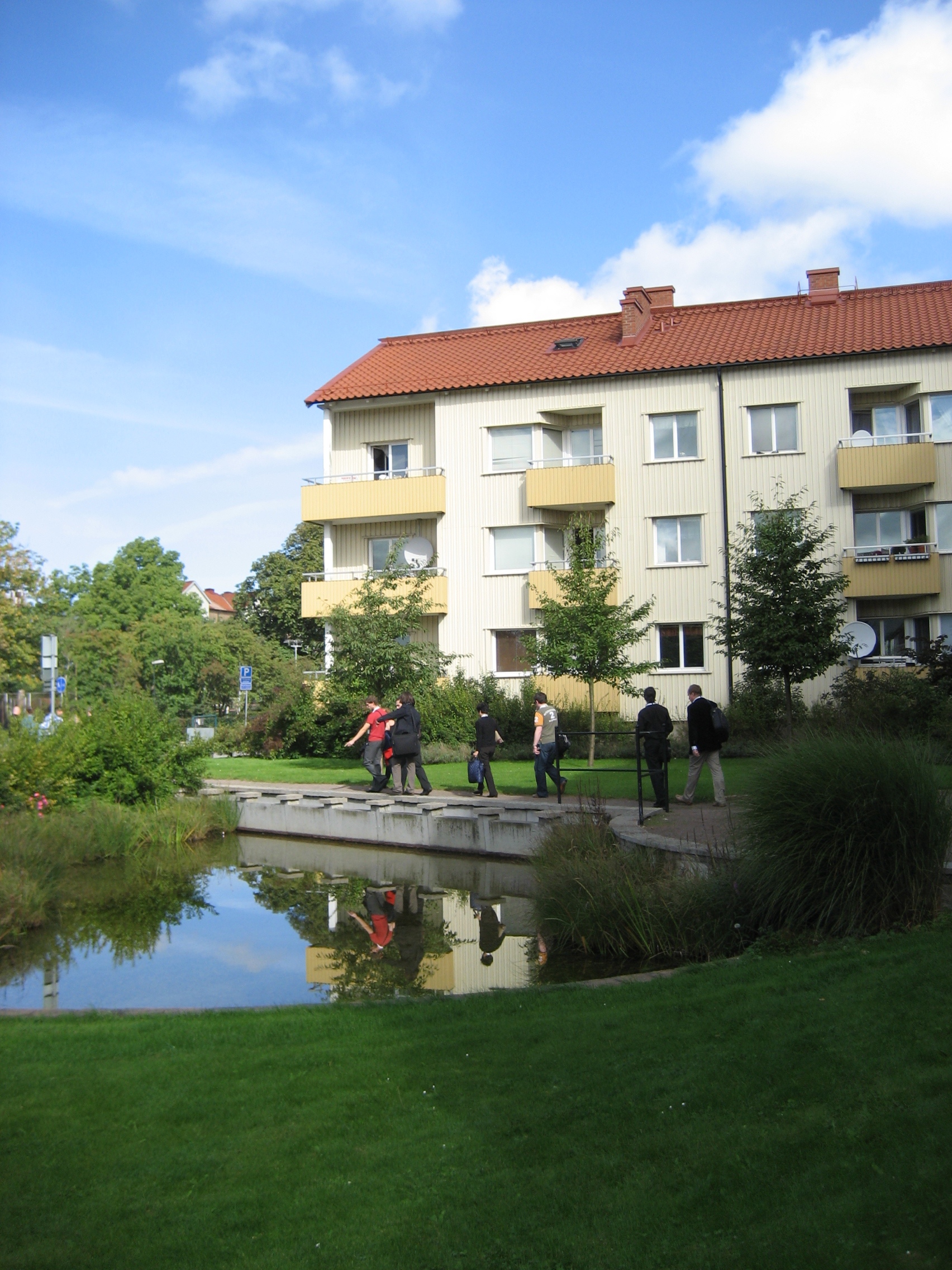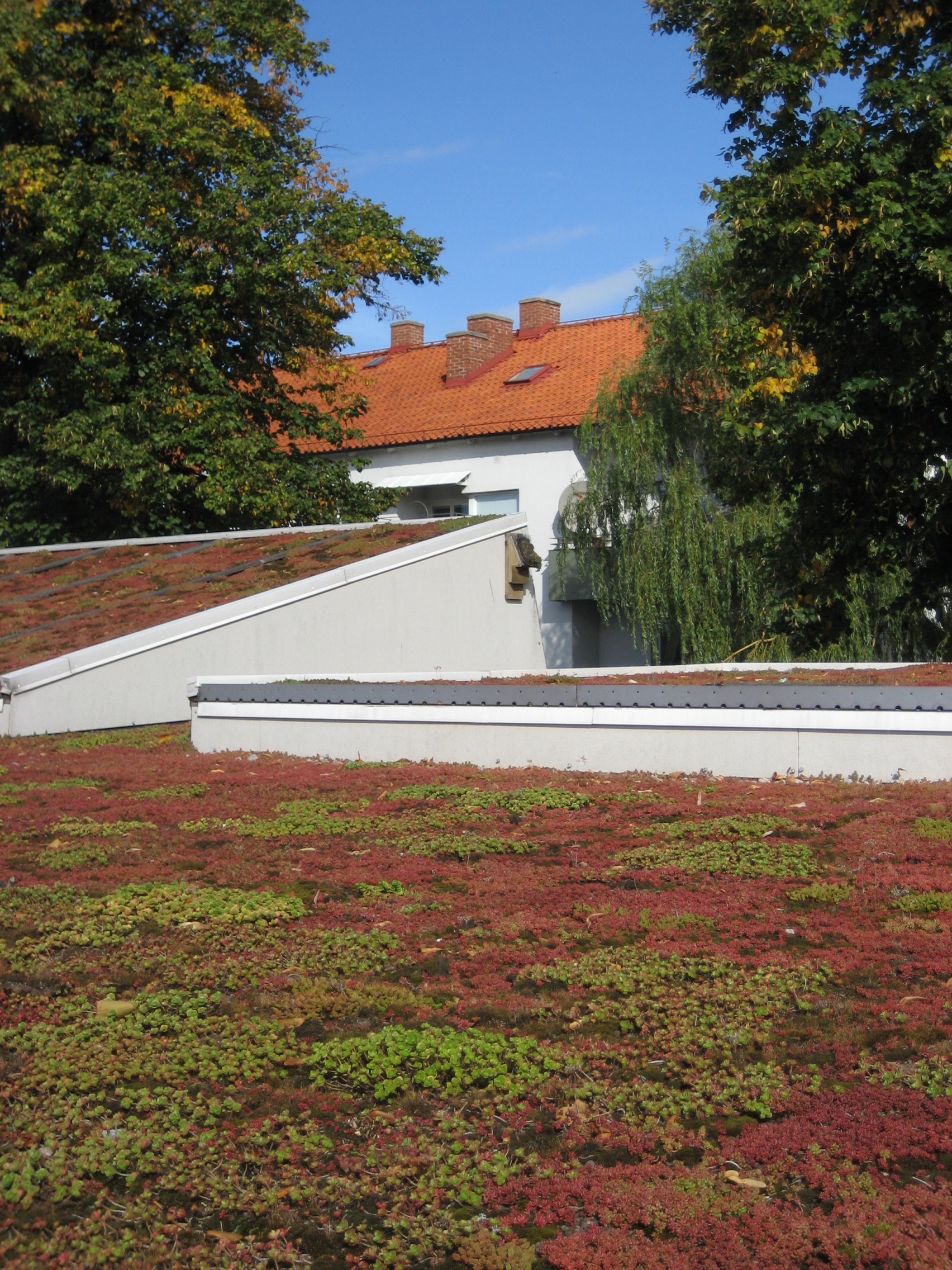What are mitigation and adaptation?
Climate change response is often divided into two main parts, adaptation and mitigation. Adaptation refers to preparations that are made to protect the built environment from the inevitable consequences of global warming. These consequences include flooding, droughts, erosion and sea level rise. The United Nations International Panel for Climate Change (IPCC) defines climate change adaptation as "Adjustment in natural or human systems in response to actual or expected climatic stimuli or their effects, which moderates harm or exploits beneficial opportunities".
Climate change mitigation, on the other hand, refers to reducing the adverse impacts of climate change, mainly by reducing emissions of greenhouse gases (GHGs). The IPCC defines mitigation as "An anthropogenic intervention to reduce the anthropogenic forcing of the climate system; it includes strategies to reduce greenhouse gas sources and emissions and enhancing greenhouse gas sinks...".
Mitigation on the agenda long before adaptation
In general, climate change mitigation efforts were undertaken long before adaptation appeared on the agenda. Sweden, the largest of the Nordic countries, experienced its first wave of climate change response with the implementation of Agenda 21 in 1996. At that time, efforts mainly focused on the economics of energy production and consumption, and then they switched to climate change mitigation. It was no longer only about reducing energy costs, it was also about reducing GHG emissions and the future impacts of climate change. Later, it became evident that reducing GHG emissions was not enough. Our societies have to be able to protect themselves against inevitable impacts of climate change.
The 'adaptation–mitigation dichotomy'
Researchers focusing on climate change and urban planning have attempted to structure and understand the challenges of addressing both adaptation and mitigation in municipal planning, and to find the synergies of (rather than conflicts between) the two approaches. One possible conflict between adaptation and mitigation can be seen in densely populated cities, which have the potential to reduce GHG emissions on the one hand, while facing serious challenges such as flooding, heavy rains and extreme heat on the other.
In the scientific community, the phrase 'adaptation–mitigation dichotomy' is used to capture the essential challenges associated with adaptation and mitigation. One of the main reasons adaptation and mitigation have been kept apart in research and policy-making for so long is the so-called dichotomy between them, which Biesbroek et al. (2008) have summarized in The mitigation–adaptation dichotomy and the role of spatial planning. The dichotomy has three dimensions.
The first dimension is time. Climate change adaptations, such as strategies and investments to reduce the effects of flooding and sea level increases, are often done in the short to medium long term to address the unavoidable impacts of climate change in the not too distant future. On the other hand, mitigation efforts reflect a long-term perspective, as the results of these actions may not be manifest for perhaps 20 years or more.
The second and third dimensions refer, respectively, to the administrative level at which decisions are made and the stakeholders involved. The main difference between adaptation and mitigation is that mitigation decisions and investments often involve national and international decisions and stakeholders, because emissions in one region influence both nearby and more distant regions. Adaptation primarily involves a local level decision-making process and mostly local and regional governments and stakeholders. Investments and decisions made at the local level will predominantly have local impacts.
Examination of the adaptation–mitigation dichotomy shows that there are potential and relevant differences in time, administrative level and stakeholders. At the same time, it is important not to reinforce dualistic thinking, because reality is much more complex than simple dichotomies.
The example of Augustenborg
In June 2011, Nordregio arranged a seminar on climate change adaptation on behalf of the Nordic Council of Ministers. The purpose of the seminar was for practitioners in the Nordic countries to share knowledge about how to deal with the unavoidable impacts of climate change, such as flooding and sea level increases.
During a workshop session on the challenges of climate change adaptation, local, regional and national level practitioners recognized that long-term political thinking must be encouraged to avoid focusing on short-term economic profit alone. Long-term thinking has the potential to overcome potential conflicts between adaptation and mitigation, but it can also overcome conflicts between climate change responses and other social and economic dimensions of sustainability.
One example presented during the seminar of how climate change could be addressed was Eco-City Augustenborg, which has managed to find synergies between climate change adaptation and mitigation, as well as with other economic and social dimensions of sustainability. Eco-City Augustenborg is one of Sweden's largest urban sustainability projects. Construction of the area started in 1948 by the housing company MKB. The underlying idea was that it should not only consist of apartments, but also schools, shops, working opportunities and community centres.
For decades, Augustenborg was forgotten, often mentioned only in negative terms, until 1998, when it received national funding reinvestment in the area. The plan was to create a socially, environmentally and economically sustainable neighbourhood. Today, Augustenborg is a flagship model of eco-friendly development, with a thousand visitors every year, green outdoor environments, green roofs, electric trams, safer traffic environments, citizen participation, local employment opportunities and local handling of storm water and waste recycling.


Views from Augustenborg. Photos: Malmö stad, malmo.se/miljo
The challenge of developing a sustainable neighbourhood
Considering the Biesbroek et al. (2008) adaptation–mitigation dichotomy, it is obvious that the comprehensive approach to sustainability taken in Augustenborg generates challenges. The example of Augustenborg is used here to discuss more general challenges that authorities can face when responding to climate change. This is not an analysis of what the stakeholders in Augustenborg reported, but rather Augustenborg is an inspiration for further discussions of the challenge of finding synergies between mitigation, adaptation and other dimensions of sustainability. Discussion of Augustenborg is limited to what was presented during the seminar at Nordregio.
Regarding the first dimension of the dichotomy, time, the question is whether the challenge of engaging citizens, politicians and other local stakeholders to protect the neighbourhood from heavy rains differs from motivating them to invest in electric trams, for instance. Protecting the area from flooding has a direct economic impact for stakeholders. House and apartment owners do not have to worry that their properties will be inundated. The short-term economic profit and safety precautions for households and businesses do not interfere with a short-term climate change approach. On the other hand, investing in mass transit that is less polluting, as well as motivating citizens to walk and use bicycles more often, probably requires efforts to change attitudes and behaviour, because the benefits of these policies will not be apparent for many decades.
In the case of Augustenborg, however, many of the efforts to reduce GHG emissions, such as waste recycling, resource savings and cleaner transportation solutions, have incorporated a short-term economic benefit by creating employment opportunities. It is likely that finding the synergy between long-term impacts and short-term impacts was an important factor in motivating the community to reduce emissions.
Furthermore, the government and EU investment in redevelopment of the area, as well as national and local politicians' enthusiastic promotion of redevelopment, have contributed to a positive image of the area as being sustainable - as both an area where people are happy and safe and an area where GHG emissions are low. A prominent characteristic of the makeover of Augustenborg was citizen involvement. Using citizens as experts on their everyday lives helped to create a neighbourhood that is not only protected against flooding, but also creates employment opportunities and is safe for the residents.
Investments from the government and the EU are also relevant when examining the second and third dimensions of the dichotomy, the administrative and stakeholder aspects. Because decisions related to GHG emissions are often made at national and international levels (and thus may not have explicit local benefits), it is relevant to ask whether strong contributions from the national and international levels are necessary to complete a project such as Augustenborg. From Nordregio's previous research on Swedish municipalities and their climate change response strategies, we have found that the municipalities working intensively to reduce GHG emissions have often received national funding through a variety of programmes. Furthermore, these municipalities had already been investing in lower energy consumption for a long time. Their motivation, then, was to reduce energy costs. This indicates that synergies can be found between long-term climate change responses and more short-term economic gains. The same was true for Augustenborg, where a long-term climate change focus also contributed to safer environments, energy savings and employment opportunities in the short term.
In conclusion, it is tempting to argue that investments in climate change mitigation are harder to obtain than investments in climate change adaptations at the local level. The benefits of mitigation are typically not manifest for many decades. Furthermore, they often depend on the actions of others, such as neighbouring communities and municipalities, and other regions and countries. In Augustenborg, however, the efforts to reduce emissions also had the short-term local benefits of increasing comfort and safety, and creating employment opportunities. Finding short-term local benefits of climate change mitigation is probably an important factor in the success of such efforts.
Back to Nordregio News Issue 2, 2011